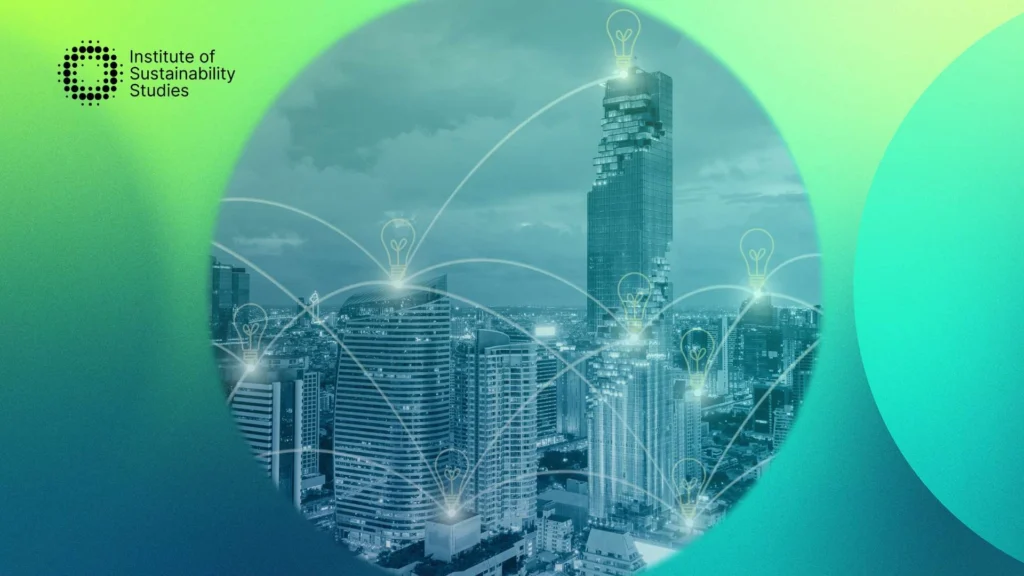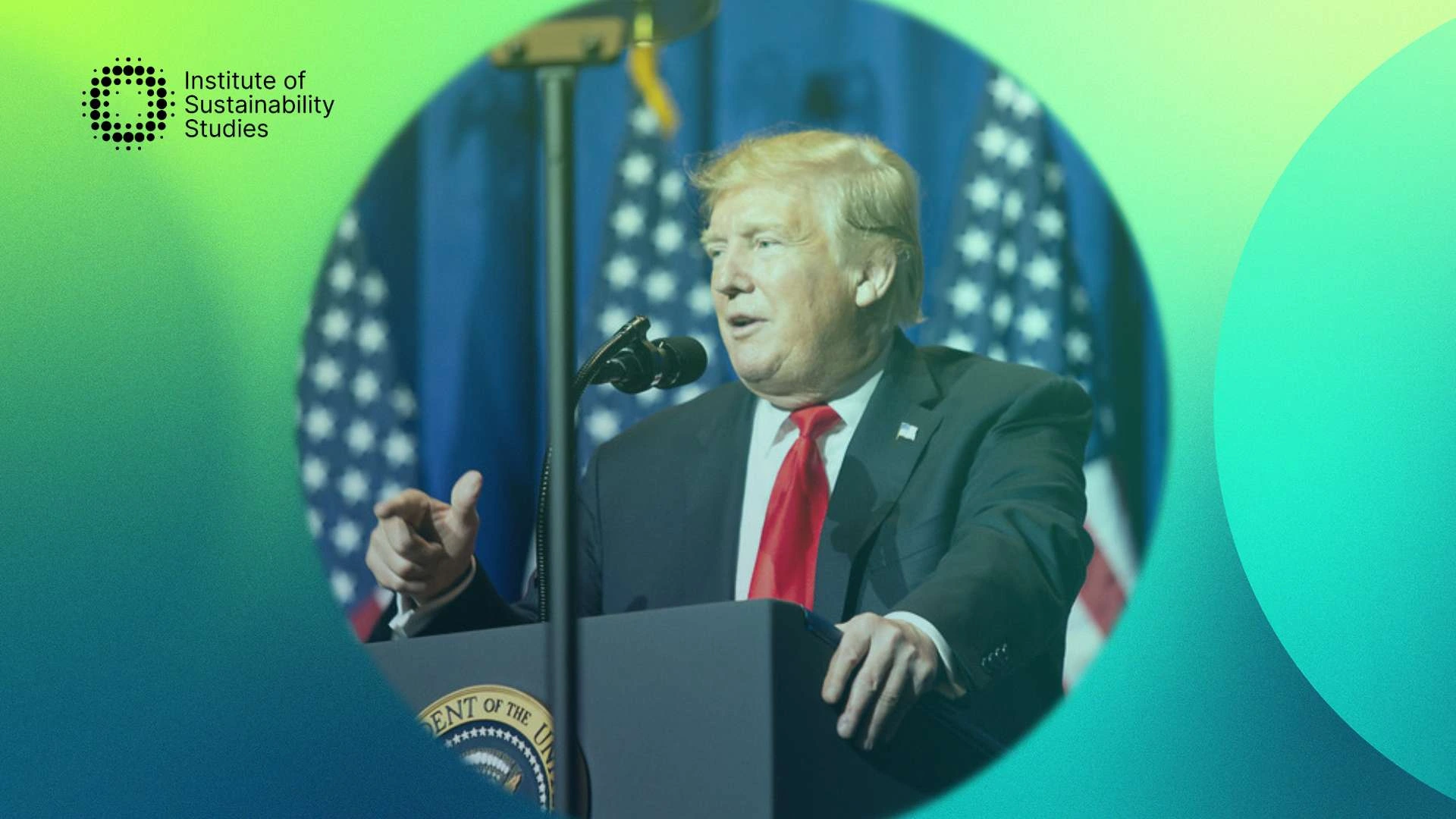It’s fairly well understood that we need to transition away from finite fossil fuels and towards renewable energy to mitigate climate change. This “energy transition” is well and truly underway in the electricity sector in many countries around the world. Solar, wind, and battery storage are being increasingly brought online while many fossil fuels, particularly coal, are being decommissioned. What is less well understood is that this transformation in the electricity system will require individuals, communities, and businesses to play a more active role than ever before. As we transition towards a more active role in the electricity system, increasing energy literacy will be even more important in order to ensure that all stakeholders, especially households, feel able to navigate and make the most of these changes.
Features of the energy transition
First of all, it’s useful to lay out some of the most relevant features of the energy transition in the electricity sector:
Decentralisation and bi-directional flows of electricity
We are shifting away from a centralised electricity system, where a few fossil fuel power plants supply energy to passive consumers through the grid. In its place, a decentralised model is emerging—powered by a wide range of Distributed Energy Resources (DERs). These include rooftop solar panels, electric vehicle (EV) batteries, and offshore wind farms. Unlike traditional systems, these DERs can both supply and consume electricity, interacting with the grid dynamically based on demand and generation.
Intermittent generation
In many cases, we’re moving away from energy sources that can provide constant, steady power, like coal, and, to a lesser extent, natural gas plants that can be quickly switched on when needed. Instead, we’re shifting toward a mix of intermittent renewable energy sources, such as wind and solar. To support this transition, we’re also increasingly relying on energy storage technologies like batteries, which help balance supply when the sun isn’t shining or the wind isn’t blowing.
Electrification and efficiency
Concurrently with the shift in how electricity is generated and distributed, there is expected to be a massive increase in the demand for electricity. This will come as people switch to electric vehicles and adopt heat pumps, alongside drives to insulate their homes to make them more energy efficient. This increase in demand and change in generation patterns is expected to trigger a large number of infrastructure projects to upgrade and repurpose electricity grids. These changes will cause some local disruption and will necessitate active community engagement and dialogue.
How businesses, communities, and households can adapt
So, what does a more active role for households, communities, and businesses look like in the context of these changes?
Changing when electricity is used – Demand Flexibility
With the changes in the electricity generation system, it now really matters when you use electricity. For example, in places with a lot of solar energy available on the grid during the day, shifting your energy-intensive activities — like washing or cooking — to the late morning and afternoon is likely to take advantage of lower-carbon electricity. This electricity is also likely to be cheaper, depending on local regulations and markets.
Delaying certain activities, like turning on the dishwasher for consumers or charging your EV fleet for businesses, until after peak time (5–7 pm in Ireland) can also make a big difference. That reduction in demand during peak hours helps reduce the need to turn on fossil fuel-powered generators to meet demand. It’s also worth noting that the scope for automation of electrical appliances is growing.
This is starting with things like charging EVs automatically when electricity is cheapest and cleanest, but could also extend to other appliances in the future. These dynamics are increasingly reflected in new financial offerings, such as “time-of-use” or smart tariffs for consumers, and demand response schemes for businesses.
Joining the electricity generation system – control of DERs
Increasing numbers of people, communities, and businesses are purchasing DERs like solar panels, batteries, heat pumps, or even buying stakes in large-scale solar and wind farms. This means they are now part of the electricity generation system — either directly, by selling electricity back to the grid, or indirectly, by reducing their demands on the grid. They also have a greater capacity to participate in demand flexibility schemes. That’s because they can choose to reduce their usage of grid electricity at times of high demand — and get rewarded for it. In a way, they’ve become small-scale energy traders.
Engagement with local and community infrastructure – community energy projects and upgrades
As part of the energy transition, it’s likely that existing grid infrastructure will need to be upgraded. New grid and generation infrastructure will also need to be built, along with improvements at the point of electricity use — from better home insulation to increasing capacity for home EV chargers.
Many people will have legitimate concerns about these projects. Utilities will be required to engage with relevant stakeholders, meaning there will be an active role for individuals, communities, and businesses to participate and have their voices heard. There may also be opportunities for more communities to invest in their own collectively owned and operated energy infrastructure.
What is energy literacy in the context of the energy transition?
Energy literacy is a term that has been around for decades, often rising to prominence during times of crisis or transition, such as the 1970s oil crisis or, more recently, the invasion of Ukraine, which triggered a sustained increase in gas prices.
In those earlier moments, energy literacy was largely focused on household energy conservation. This meant understanding the relative energy consumption of everyday activities and adopting habits like switching off appliances when not in use or keeping windows shut to retain heat.
Much of that knowledge and advice remains relevant today. However, as our energy systems — and our understanding of their environmental impact — have evolved, the scope of energy literacy has significantly expanded.
Different connected forms of energy literacy
A recent review of energy literacy scholarship by Karlijn L. van den Broek offers a useful framework for understanding different connected forms of energy literacy:
- Device Energy Literacy: Knowledge about the energy consumption of domestic appliances.
- Action Energy Literacy: One’s ability to judge the impact of actions to save energy in one’s home.
- Financial Energy Literacy: One’s ability to make financially efficient energy decisions.
- Multifaceted Energy Literacy: Includes the first three types of energy literacy as well as general energy knowledge, attitudes, values and energy conservation behaviour.
A useful addition to this framework is the work of James Adams and others, who argue for expanding the definition of energy literacy to include the specificities of culture, place, and socio-economic class. Simply put, what it means to be energy literate should be defined by individual circumstances. For example, an energy-vulnerable household in Philadelphia is far better served by knowing about relevant state-funded assistance programmes or how to negotiate payment plans with utilities than by knowing the average energy consumption of a washing machine, especially in technical units that may not be meaningful in context.
What might a definition of energy literacy – with a focus on the energy transition – look like for businesses?
Below is a non-exhaustive list of what energy literacy can look like for businesses navigating the energy transition.
1. Device Energy Literacy
Existing: Knowledge about the energy consumption of common workplace devices like lighting, HVAC, and IT equipment.
Transition ready:
- Awareness of automation and scheduling systems to enable smarter demand management across operations.
- Understanding low-carbon technologies like solar arrays, battery storage, and heat pumps — and how they integrate into business facilities.
2. Action Energy Literacy
Existing: Understanding that equipment use, heating/cooling controls, and maintenance practices impact overall energy consumption more than just switching off lights.
Transition ready:
- Using energy management systems to schedule high-load activities (e.g. machinery, HVAC) outside peak hours.
- Making procurement choices that favour energy-efficient machinery and appliances aligned with sustainability goals.
3. Financial Energy Literacy
Existing: Ability to weigh the costs and benefits of facility upgrades (e.g. insulation, lighting retrofits) and seek available incentives.
Transition ready:
- Understanding how behaviour change, smart tariffs, and participation in demand response schemes can unlock both emissions savings and cost reductions.
- Evaluating the payback periods and ROI of installing renewable systems, such as rooftop solar and energy storage, within a broader capital planning framework.
4. Multi-faceted Energy Literacy
Existing: General awareness of energy as a business input and operational cost centre — often viewed through utility bills or ESG reports.
Transition ready:
- Understanding the environmental and financial case for decarbonising energy use across the business.
- Awareness of regulatory trends, carbon pricing, and government supports available for decarbonisation or energy efficiency upgrades.
- Recognising how energy access and affordability can impact employee well-being and community engagement, especially in high-energy-use sectors.
So, does a business leader or team need to understand everything on this list — or every technical detail — to be considered “energy literate”? No. A realistic definition of energy literacy in the business context should reflect the organisation’s specific operations, goals, and sector.
Taking a more flexible and applied approach also aligns with how energy literacy often shows up in business decision-making: as practical heuristics, ROI-based choices, and strategic intuition rather than granular energy modelling.
Businesses should be empowered to understand the parts of the energy transition most relevant to them. For example, if you’re a logistics company, understanding EV fleet charging patterns and grid availability may be far more relevant than diving into the details of HVAC efficiency.
Why is energy literacy of particular importance now?
There are several reasons why increasing energy literacy is important for the energy transition:
- It will empower people to make the best financial and energy use decisions for themselves, their families and their communities in a time of significant change.
- On an electricity grid level, it could reduce emissions significantly as a greater proportion of the population takes collective action through their electricity use decisions to maximise the utilisation of renewables and “beat the peak” to reduce the need for fossil fuel use to fill in gaps between supply and demand.
- It will likely increase political support at the local and national levels for the scale of investments needed to accelerate and complete the energy transition.
Conclusion – Whose responsibility is it to increase levels of energy literacy?
While individuals certainly have a role to play in understanding energy and their own impact, expecting them to navigate the complexity of the energy transition alone, especially in today’s fast-paced, high-pressure world, just isn’t realistic or fair. That’s why governments, businesses, utilities, NGOs, schools, and community groups must all step up.
Each has a unique role to play, tailored to different aspects of the transition and different communities with specific needs. It’s going to take a team effort. But that doesn’t mean it has to be dry or overly technical; it can be engaging, empowering, and yes, even fun. The transition ahead is a huge challenge, but it’s also an opportunity to reimagine how we learn, act, and collaborate to shape a more sustainable future for everyone.
_____
Want to read more top voices?










